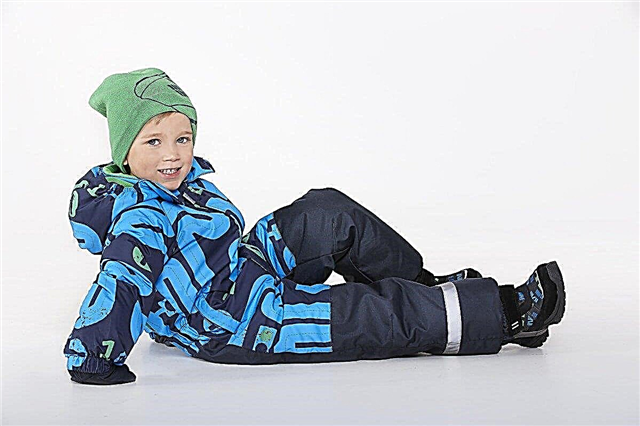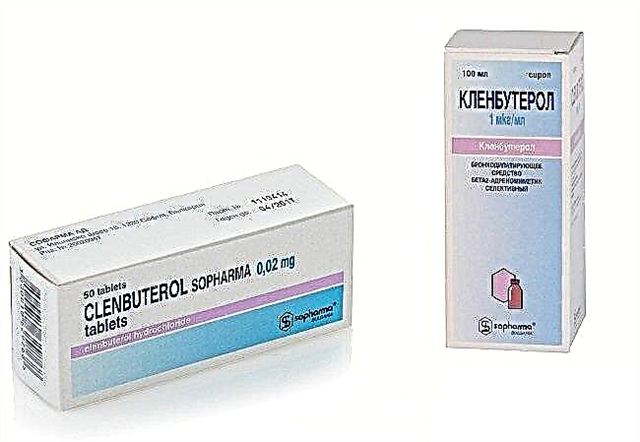
All milk teeth erupt in children up to 2.5-3 years of age, after which, for some time, dentistry issues, as a rule, do not bother either children or parents. However, the child gradually matures and the time comes for new teeth - permanent. To make them cut through, milk first falls out. It is important for parents to know when and how this happens in order to navigate in time with possible problems.

When the shift begins: key signs
The beginning of the change of teeth is individual for each child, but in most children this process is activated at 5-6 years of age. While the roots of the incisors begin to dissolve, the children grow “sixes” - teeth that erupt immediately behind the second molars. These are the first permanent teeth that appear even before the first milk tooth falls out. They are called first molars, while milk molars are replaced after falling out by teeth, which are called "premolars".
Signs that the child's milk teeth will soon fall out and permanent teeth will begin to cut are:
- Gaps appear as the baby's jaw grows and the distance between molars, canines and incisors widens.
- Staggering due to resorption of their roots.
- The beginning of the eruption of permanent teeth. Sometimes they appear when the milk teeth are still not loose, being located nearby.
When do they start to drop out?
The shedding process begins with the resorption of their roots. It is quite long - the roots of the incisors are absorbed within two years, and the roots of molars and canines can be absorbed for three years or longer. As soon as the root dissolves, the tooth will fall out and allow the permanent tooth to erupt.

In most babies, the first lost tooth is found at the age of 6-7 years.
How many drops and when?
The scheme for the loss of milk teeth looks like this:
- The central incisors in the lower jaw are the first to fall out in most children.
- After them comes the turn of the upper pair of central incisors.
- The lateral incisors on the upper jaw often fall out next.
- Then comes the time for the lower lateral incisors to fall out.
- Following them, the first molars begin to fall out - first the upper pair, and then the pair on the lower jaw.
- When the molars fall out, it is the turn of the canines. First, the upper pair ("eye" teeth) falls out, and then the canines on the lower jaw.
- The second molars at the bottom fall out next.
- After them, the process of loss is completed by the upper second molars.
The approximate period of root resorption and loss of milk teeth is presented in the table:

Do all baby teeth fall out?
All of them must drop. There are twenty of them, among which there are 8 incisors, 4 canines and 8 molars. Some mothers think that chewing teeth (molars) in babies do not fall out, but this is not the case. All of them fall out starting from the age of 6, since permanent ones will grow in their place.

How many times are dropped?
In most cases, the teeth that erupt in a child in the first two years of life fall out only once. All of them are replaced with permanent ones, but due to the expansion of the jaw, two more teeth (premolars) appear between the canines and molars. By the age of 17, most children have 28 permanent teeth, and the remaining 4 "wisdom teeth" erupt later (sometimes after 25-30 years).
Permanent teeth should not normally fall out, but there are cases when several sets of teeth erupt and fall out in children.
What factors influence the loss process?
If the deadlines are violated, there is no need to immediately panic, since this process depends on many factors. Doctors consider a 1-2 year deviation from the average to be acceptable. The loss of milk teeth and the eruption of permanent teeth are affected by:
- Genetic predisposition.
- The gender of the child. It was noted that in boys, teeth fall out later.
- Problems during pregnancy.
- Duration of breastfeeding.
- The diet of the baby.
- Chronic diseases in crumbs.
- The quality of drinking water consumed by the child.
- The climate in which the baby lives.
- The child has problems with the endocrine system.
- Infections carried over in childhood.

What to do if a tooth falls out?
When a child reports a missing tooth, parents should:
- In case of bleeding from the hole, apply clean gauze to the wound and press down with other teeth for a few minutes. It is impossible to treat the wound with antiseptic agents.
- Do not give the child food for two hours, and then do not feed the baby very hot, salty or spicy food for some time. Also, do not give your baby solid foods, such as crackers or nuts. The best dishes in this case would be soups and cereals, and after eating, rinse your mouth with clean water.
- Warn the child that the resulting fossa does not need to be touched with hands or tongue, so that an infection does not get into it.
- The tooth itself can be "given to the mouse", put under the pillow for the "fairy", exchanged for some kind of gift or come up with something else. The main thing is that the child does not get scared and does not experience negative emotions.

Why do they fall out at the wrong time?
Before the due date
Too early loss is called when it falls out or is removed by the dentist before 5 years of age. To lose a baby tooth ahead of time can be due to:
- Injury due to impact or fall.
- Tumor process in the mouth.
- Launched caries when the tooth has to be removed.
- Bite disorders. Incorrectly grown teeth can put pressure on one of them and provoke an earlier loss.
- Deliberately loosening it by a child.
The main problem with too early tooth loss is the displacement of the dentition, due to which permanent teeth can erupt crooked. The child will have to adjust their position in the future.

Later than expected
A delay in the loss of milk teeth is possible due to:
- Improper nutrition, as a result of which the child has a nutritional deficiency.
- Frequent stress.
- Chronic infections such as tonsillitis
- Rickets.
- The influence of a hereditary factor.
When to see a doctor?
A child should be examined by a dentist if:
- After falling out of the wound, blood oozes for a long time.
- When the tooth fell out, the child's temperature rose, and the baby's condition worsened.
- The child is 6 years old, and the gaps between milk teeth have not increased.
- The child did not lose all milk teeth by the age of 16-17.
- Deciduous or permanent teeth are affected by caries.
- The molar erupted next to the milk one, and the milk one does not stagger or stagger, but did not fall out within three months after the molar appeared.

By watching the following video, you can find out more useful information about how and at what age baby teeth change.
You will learn even more by watching the program of Dr. Komarovsky.



